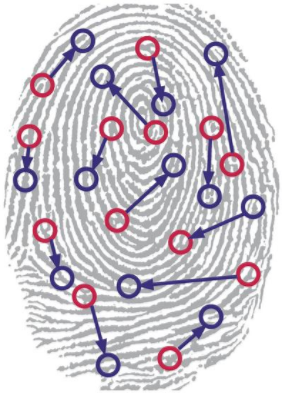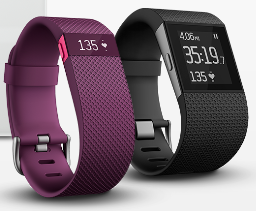Collecting Responsive ESI from Difficult Places: eDiscovery Webcasts
Happy June! I don’t normally promote webcasts twice in one week, but this month’s webcast is a little earlier than normal. What can I say, it’s family vacation season and my family has plans the last week of this month… :o)
Believe it or not, there was a time when collecting potentially responsive ESI from email systems for discovery was once considered overly burdensome. Now, it’s commonplace and much of it can be automated. But, that’s not where all of the responsive ESI resides today – much of it is on your mobile device, in social media platforms and even in Internet of Things (IoT) devices. Are you ignoring this potentially important data? Do you have to hire a forensics professional to collect this data or can you do much of it on your own? We will discuss these and other questions in a webcast in a few weeks.
Wednesday, June 20th at noon CST (1:00pm EST, 10:00am PST), CloudNine will conduct the webcast Collecting Responsive ESI from Difficult Places. In this one-hour webcast that’s CLE-approved in selected states, we will discuss what lawyers need to know about the various sources of ESI today, examples of how those sources of data can be responsive to litigations and investigations, and how lawyers may be able to collect much of this data today using intuitive applications and simple approaches. Topics include:
- Challenges from Various Sources of ESI Data
- Ethical Duties and Rules for Understanding Technology
- Key Case Law Related to Mobile Devices, Social Media and IoT
- Options and Examples for Collecting from Mobile Devices
- Options and Examples for Collecting from Social Media
- Examples of IoT Devices and Collection Strategies
- Recommendations for Addressing Collection Requirements
- Resources for More Information
As always, I’ll be presenting the webcast, along with Tom O’Connor. To register for it, click here. Even if you can’t make it, go ahead and register to get a link to the slides and to the recording of the webcast (if you want to check it out later). If you want to know how to collect electronically stored information from difficult places, this is the webcast for you!
So, what do you think? Do you feel like you know when and how to collect ESI from mobile devices, social media and IoT devices? If not, register for our webcast! Please share any comments you might have or if you’d like to know more about a particular topic.

Sponsor: This blog is sponsored by CloudNine, which is a data and legal discovery technology company with proven expertise in simplifying and automating the discovery of data for audits, investigations, and litigation. Used by legal and business customers worldwide including more than 50 of the top 250 Am Law firms and many of the world’s leading corporations, CloudNine’s eDiscovery automation software and services help customers gain insight and intelligence on electronic data.
Disclaimer: The views represented herein are exclusively the views of the author, and do not necessarily represent the views held by CloudNine. eDiscovery Daily is made available by CloudNine solely for educational purposes to provide general information about general eDiscovery principles and not to provide specific legal advice applicable to any particular circumstance. eDiscovery Daily should not be used as a substitute for competent legal advice from a lawyer you have retained and who has agreed to represent you.







